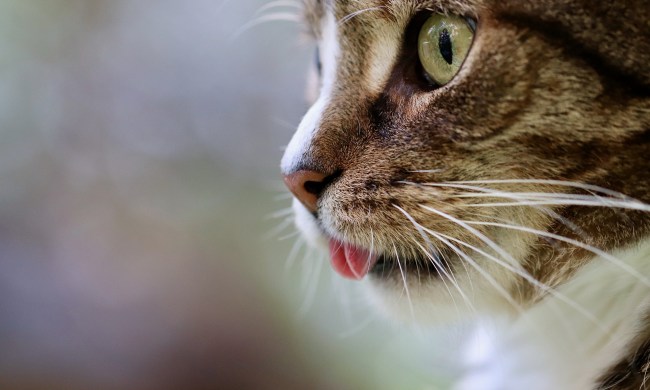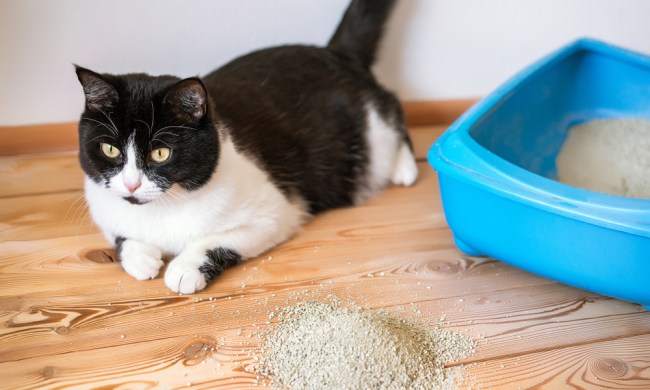It’s the most wonderful time of the year — for cats. Our furry felines love the Christmas season because it comes with lots of new smells and ornaments to play with. Of course, when your kitty decides her new favorite toy is your holiday decorations, you might be in for a bit of trouble. This video perfectly sums up everything that can go wrong when your cat discovers the Christmas tree.
@funnyanimals670 Cats and chrismas trees#cat #pet #christmas #marrychristmas
Compilation videos frequently go viral on TikTok and this one, entitled Cats and Christmas trees, is sure to delight since it features the internet’s favorite creatures. You get to witness a series of cats attacking, inspecting, and attempting to climb their Christmas trees. Predictably, many of the evergreens fall over onto the unsuspecting house cats. That certainly doesn’t stop them from trying again though.
Top comment by Nils perfectly summed up the video with, “Cats and Christmas trees! Never gets old, unless it’s your cat and your tree!” peanutsonic43 got into the minds of the cats and said, “While it may be annoying for us, imagine how magical Christmas is for cats. Suddenly everything is colorful and sparkly and fun to play with.” If you’re looking for some cat-proofing tips, follow Jayden’s advice, “My cat is terrified of gnomes so we surrounded our tree with them so she won’t jump on it.” Genius.

How to keep cats out of the Christmas tree
In order to prevent your animal from getting to the tree, you need to understand why she tries to go after it in the first place. There are three main reasons that your tree is irresistible to your mouser:
- It smells interesting and may retain some outdoorsy scents for her powerful nose
- The branches are fun to climb, and the bark makes an excellent scratching post
- Your shiny ornaments attract her attention and beg to be played with
With that in mind, you’ll need to eliminate these enticements in order to create a cat-proof Christmas tree. Some owners find that a fake tree goes a long way to keeping the pets away, especially one designed to be difficult to climb. Additionally, you can put ornaments higher up or stick with ones that don’t grab her attention. While any of these tricks might work, some four-leggers are persistent, and you may have to give up and put the tree in a room with a door. That way, you can shut the tree away when you aren’t keeping your eye on your cat.
Unfortunately, Christmas can be a dangerous times for pets, so as much as we enjoy watching these videos, it is necessary to take certain precautions to protect your animals. But assuming you have everything as safe as can be, you might as well set up a camera to catch the action, just in case.



